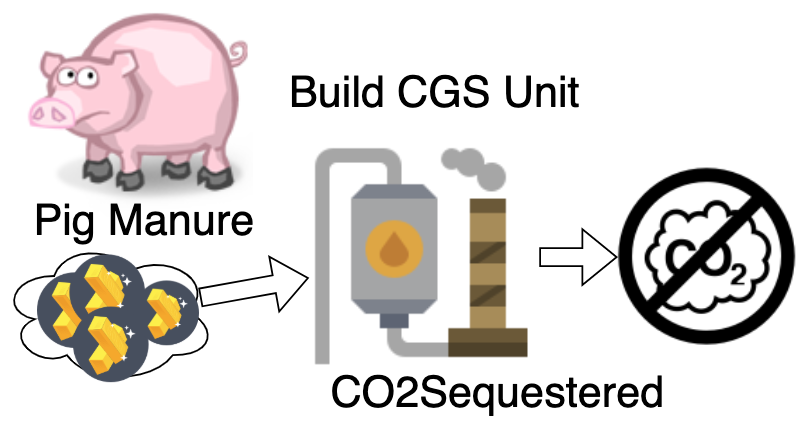Carbon Sequestration Process (CSP)
© 2018 Lyno Sullivan
Carbon sequestration is important. This document proposes a Carbon Sequestration Process (CSP) that alters traditional carbon flow systems. This drawing depicts an alternative carbon routing solution.
CSP is a safe way to extract carbon from sewage. It can be done in such a way that pathogen free water is produced and may then be used again.
The CSP uses a carbon gasification system, a CGS, which converts agricultural waste, waste in general, garbage, plastic, oil, coal, and tar into methane (CH4). Most of these carbonaceous materials reduce into methane (CH4). The ash by-product makes great cement.
The CSP uses methanogen bacteria to remove carbon dioxide (CO2) from the atmosphere and convert it into methane. The methane can be used to produce gas fuel, liquid fuel, plastic, and with the addition of nitrogen, fertilizer can be produced. The plastic can be formed into shaped bricks usable for construction purposes. Use CGS ash cement, plastic bricks, and glue to build housing.
What can be done with an island of floating garbage? We might construct a trawler that hoists the garbage into a carbon gasification system (CGS) ship which produces methane used in the propulsion and electrical generation engines.

Leave a Reply